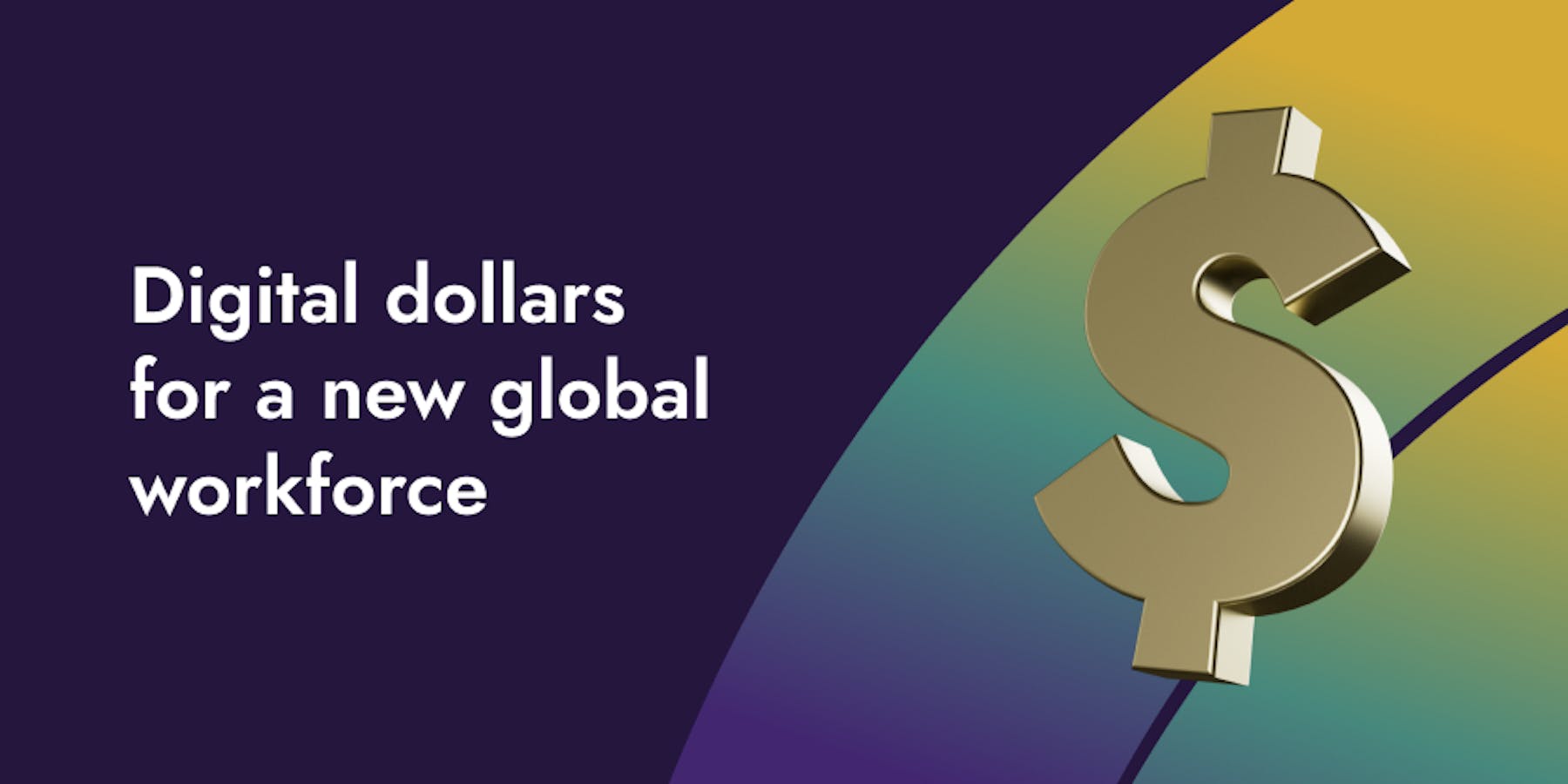India’s Quiet Stablecoin Boom: Digital Dollars for a New Global Workforce
Insights
Back to blog
Rachael Akalia
2025-11-07
Insights
On this page
India ranks #1 globally in digital asset adoption and accounts for nearly 20% of global crypto activity by transaction count.
India has become the world’s digital‑asset powerhouse. According to the 2024 Chainalysis Global Crypto Adoption Index, the country ranks #1 in digital‑asset adoption and accounts for nearly 20 % of global crypto transaction volume. That momentum is not a fleeting trend; it is reshaping how India’s exporters, freelancers, and remote workers move hard‑currency liquidity across borders.
A $250 Billion Export Engine Meets a Growing Crypto Rail
India’s export economy now exceeds $250 billion annually, ranging from textiles and pharmaceuticals to emerging tech services (World Bank, 2023). Traditional foreign exchange channels, however, remain costly and slow. A single remittance can take up to five business days and incur fees that erode up to 3% of the amount transferred (Reserve Bank of India, 2022).
Stablecoins bridge that gap. Because Stablecoins are pegged to hard‑currency liquidity, they allow a client to convert local currency into a digital dollar‑equivalent in minutes, then settle an overseas invoice with the same speed and transparency that on‑chain payments provide. For an Indian exporter, that means receiving payment on the same day a shipment leaves the dock—nothing short of a competitive advantage.
Solving FX and Remittance Inefficiencies
The core friction in India’s cross‑border payments is the FX spread and the intermediary chain. Each step, local bank, correspondent bank, destination bank, adds time and cost. Stablecoins collapse those steps into a single, auditable transaction on a public ledger.
Speed: Transfers complete in under 30 seconds, 24 hours a day.
Cost: Transaction fees average 0.2 %, compared with up to 3 % on legacy routes.
Transparency: Every movement is recorded on‑chain, giving customers and clients real‑time visibility into settlement status.
These attributes align directly with Yellow Card’s mission: delivering a stable, secure, and scalable payments infrastructure that works for emerging markets.
On‑Chain Payroll: Empowering Freelancers and Remote Workers
The gig economy is exploding in India. A recent report from the Confederation of Indian Industry estimates 15 million freelancers generate over $2 billion in annual revenue (CII, 2023). Yet many of these professionals rely on informal channels to receive hard‑currency payouts, often waiting weeks for a bank transfer.
Enter on‑chain payroll. Platforms are now using Stablecoins to pay freelancers instantly, converting the earnings back into local currency via a partner exchange. The result is a 24‑hour payday that empowers customers to reinvest, save, or spend without the uncertainty of delayed cash flow.
Regulatory Outlook: Cautious Yet Evolving
India’s regulator remains vigilant. The Reserve Bank of India has labeled Stablecoins “potentially destabilizing” if not properly supervised (RBI Circular, 2023). At the same time, the Ministry of Finance announced a sandbox framework that will allow regulated entities to experiment with Stablecoin‑based services under clear compliance standards (Finance Ministry, 2024).
We view this balanced approach as an opportunity—not a barrier. By working closely with regulators, we can help shape a framework that protects customers while unlocking the full potential of digital‑currency rails. Our partnerships with compliant exchanges and custodians ensure that every transaction meets the highest standards of security and transparency.
The Yellow Card Opportunity: Building B2B Rails in South Asia
For our clients' export‑focused businesses, platforms that hire global talent, and partners seeking reliable cross‑border infrastructure, the next step is clear: integrate stablecoin rails into their core operations.
Exporters: Use our API to settle invoices in Stablecoins, reducing FX exposure and accelerating cash flow.
Freelance Platforms: Offer on‑chain payroll as a default payment method, attracting top‑tier talent with instant payouts.
Remote‑Work Agencies: Provide clients with a single, stable‑currency gateway that eliminates the need for multiple bank relationships.
We are already piloting a B2B settlement solution with a leading Indian textile exporter, enabling them to convert local currency to Stablecoins at the point of sale and remit hard‑currency liquidity to buyers in Europe within minutes. Early results show a 31% reduction in settlement time and a 2.8% decrease in overall transaction costs.
A Bold, Optimistic Path Forward
India’s digital‑asset surge is more than a statistic; it is a brave new frontier for financial inclusion. Stablecoins are the backbone that will support the country’s $250 billion export engine, its burgeoning freelance workforce, and its ambition to participate fully in the global digital economy.
We at Yellow Card are determined to stand beside every customer, client, and partner as they navigate this transformation. By providing a secure, transparent, and empowering infrastructure, we help them turn challenges into opportunities and dreams into reality.
The future of cross‑border finance in India is already here. Together, we will build it—boldly, responsibly, and with unwavering optimism.
Disclaimer: This article is for information purposes only and should not be construed as legal, tax, investment or financial advice. Nothing contained in this article constitutes a solicitation, recommendation, endorsement or offer by Yellow Card to buy or sell any digital asset. There is risk involved in investing or transacting in digital assets, please seek professional advice if you require one. We do not assume any responsibility or liability for any loss or damage you may incur dealing with digital assets. For more information on Digital Asset Risk Disclosure please see - Risk Disclosure.


